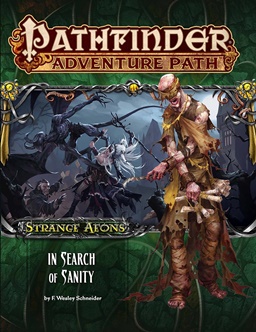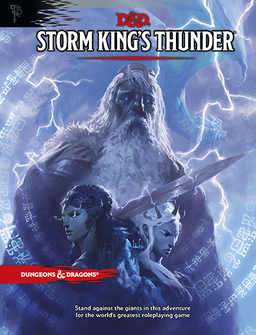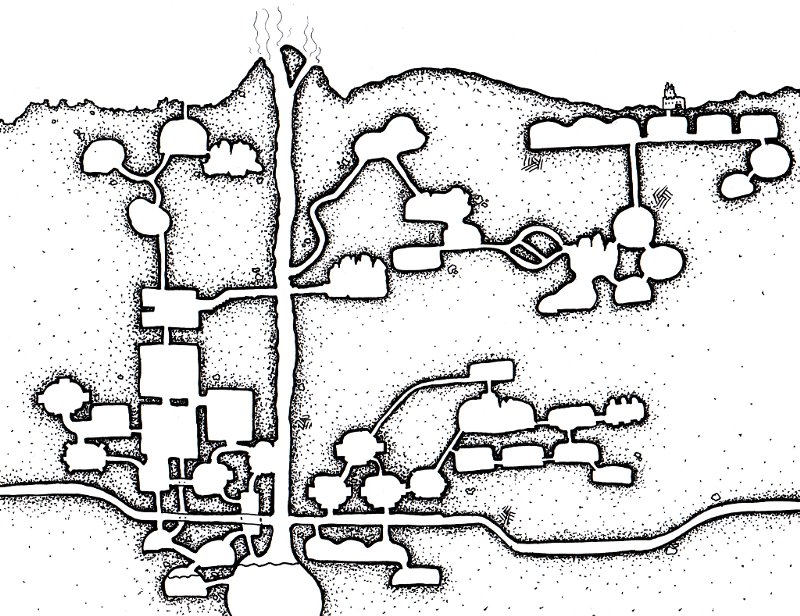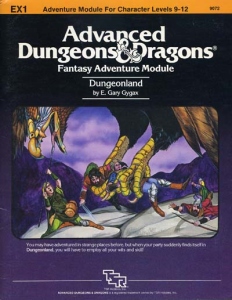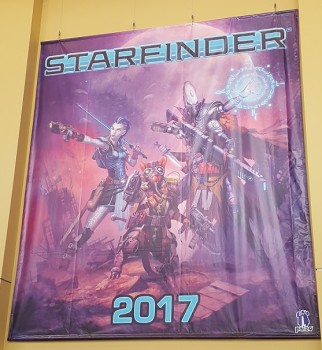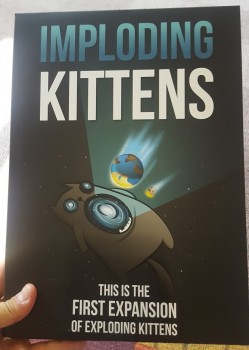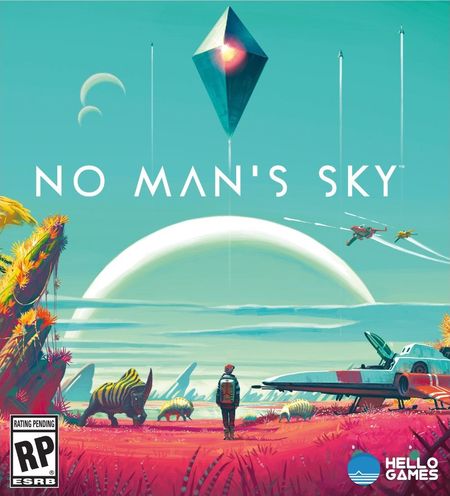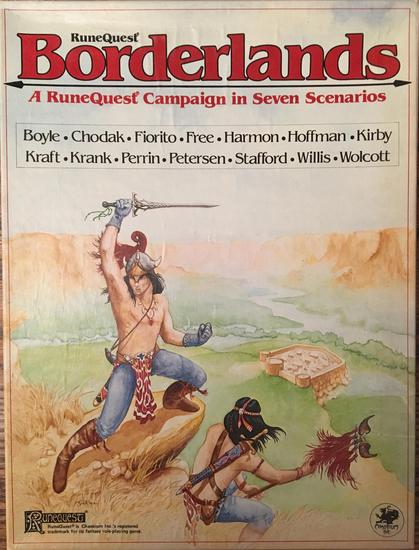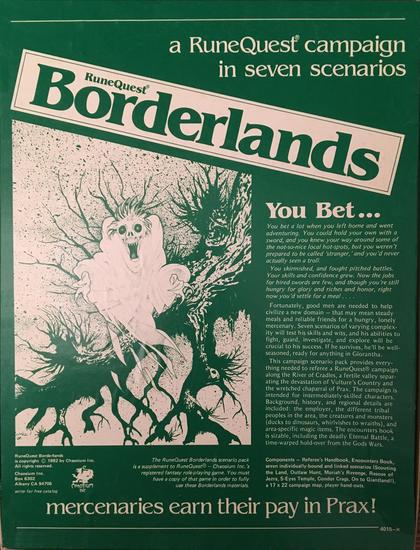The Public Life of Sherlock Holmes: Dungeon! – A New Kind of Board Game
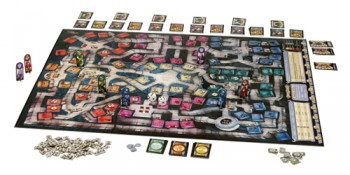 TSR’s Dungeon! came out in 1975, just one year after Gary Gygax revolutionized gaming with Dungeons and Dragons.
TSR’s Dungeon! came out in 1975, just one year after Gary Gygax revolutionized gaming with Dungeons and Dragons.
The ground-breaking board game is still an excellent introduction to fantasy gaming over forty years later. The board represents a dungeon, divided into six areas (representing levels) of varying difficulty, differentiated by color. There are monster and treasure cards for level and the harder the level, the tougher the monsters and of course, the greater the treasures.
The character classes have been changed over the years, but the player chooses from a Rogue, Cleric, Fighter and Wizard and each class needs to collect a certain amount of gold pieces (earned from treasure cards), ranging from 10,000 to 30,000. Also, each hero class performs at its best in certain levels. So you don’t want to take a Cleric to level six, but your Wizard is never going to win by traipsing around level one.
When a hero enters a room or a chamber, they draw a monster card (which might also be a trap). Every monster has a value assigned to each hero (as well as two spell values for the Wizard). The player rolls two six-sided dice and wins on a tie or greater. The monster is dead and the player gets a treasure card. If the Hero loses the fight, one of five things happens, ranging from nothing to dying and losing all of their treasure. The monster and any treasures remain in the room, waiting for another hero to enter.
Heroes explore until they gain the required amount of treasure for their class. The first Hero to make it back to the starting chamber with the requisite treasure wins the game. Bad things can happen on the way back to the starting chamber and the Hero may no longer have enough treasure. And once in awhile, it becomes a race to the finish.
